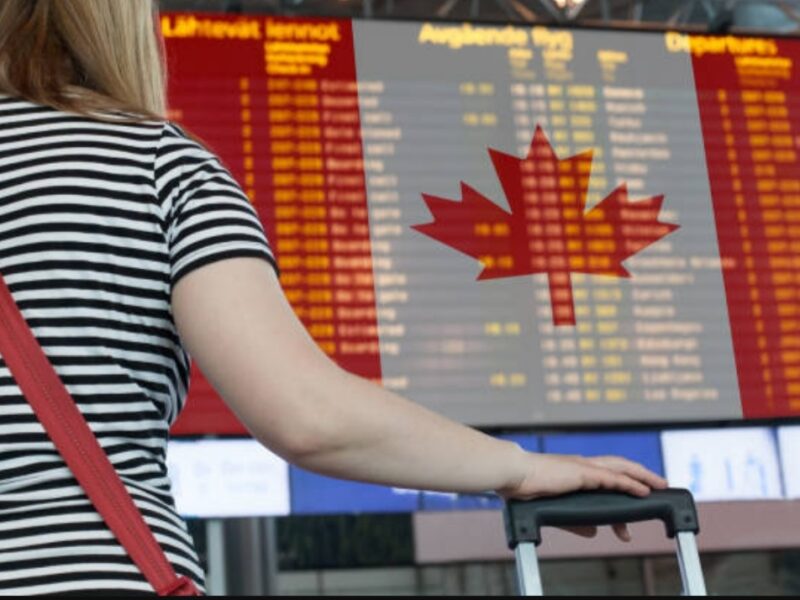The highly serenaded and demanded Indian migrant talent population are opting for Canada over the US. Many experts reveal that this is largely due to the restrictive American immigration policies. Many of these policies date back to the 90’s and are said to be unsuitable for the contemporary context.
US immigration policy experts testified before the US Congress that the existing immigration policies, particularly the H-1B visas, are outdated. They urged the US lawmakers to act quickly so as to curtail the movement of Indian talent to Canada.
Stuart Anderson, while testifying before the House Judiciary Committee-Subcommittee on Immigration and Citizenship, said that the per country quota basis for Green Card issuance will drive Indian Talent away from the USA. Stuart Anderson, who is the Executive Director of the National Foundation for American Policy, noted that the Green Card issuance backlog is increasing. He further stated that within a decade more than 2 million people will be waiting in line for years for employment based Green cards.
Anderson mentioned that highly skilled foreign nationals including International students are now showing a preference for Canada over the US. This situation is observed to be in response to the difficulties of working in the US with a H-1B status or obtaining permanent residency, It is much easier for international students and foreign nationals working with temporary status to acquire permanent residency in Canada. The H-1B is a temporary, non-immigrant work visa that allows companies in the US to employ foreigners in specialty occupations requiring theoretical or technical expertise. Tech companies rely on this visa to hire employees from countries like China and India.
There has been a decline in the number of Indians coming to America to Study. The number of Indian students going to Canadian universities has however been on the rise. Between 2016 and 2018, the number of Indian students in Canadian universities witnessed a 127 percent increase from 76,075 to 172, 625 according to data provided by the Canadian Bureau for International Education. The Canadian Immigration policies have proven to be more attractive than America’s due to the relative ease of employers to attract and retain talent.
Anderson further observed that the numerical restriction on high skilled temporary visa inhibit a large number of foreign applicants from working in the US in any given year. In March 2021, US employers filed 308, 613 H-1B registrations against a cap selection of 85,000 H-1B petitions for the 2022 Fiscal Year. This implies that over 72 percent of the H-1B registrations for the high skilled foreign nations were rejected even before the adjudicator evaluated the applications.
Jennifer Young, the CEO of Technology Councils of North America, noted that before the pandemic, it took Canadian companies as little as four weeks to hire highly skilled foreign talent. Conversely, the paper based immigration system of the US causes significant delays in processing times for applicants. Young told lawmakers about a former colleague of hers, Ketaki Desai and her spouse, who were both educated in the United States on student visas. They both obtained H-1B status following their graduation and made significant contributions to the US economy. But after 18 years they still had not been able to obtain permanent residency status. Realising that their chances were looking slim, they left the US for Toronto in Canada.
Young mentioned to US lawmakers that Desai and her husband are settled in Canada and are actively recruiting and helping individuals to migrate from the US and join the Canadian workforce. Young mentioned that with more than 100,000 H-1B cap submissions annual denials, the United States effectively tuns away millions of highly skilled and qualified foreign nationals, many of whom are US educated individuals. These people end up going to other countries like Canada to make contributions to their economies.
Sundip Parikh, CEO and Executive Publisher of Science Journals, American Association, urged American lawmakers to expand dual intent visa to include foreign student visas like the F-1. This would enable holders to apply for permanent residency and adjust the post-graduation immigration law to ease the entry to work for skilled graduates.


